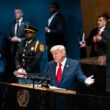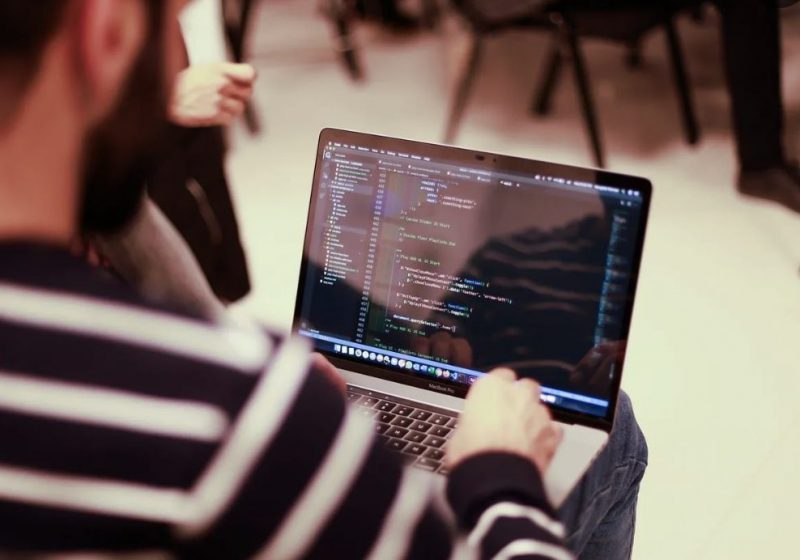Your guide: Can Schools Detect ChatGPT?
The development of sophisticated language models like ChatGPT has heralded a new era of educational possibilities and difficulties in the fast-changing digital terrain. The issue of whether schools can efficiently identify the usage of ChatGPT in student work has grown urgent as they try to keep up with technological developments.
So, if you’ve ever wondered, “Can Schools Detect ChatGPT?” you’re in luck. Today, we’ll cover this and more. Keep reading more.
Also read: BRICS Confirms 159 Participants Will Adopt New Payment System
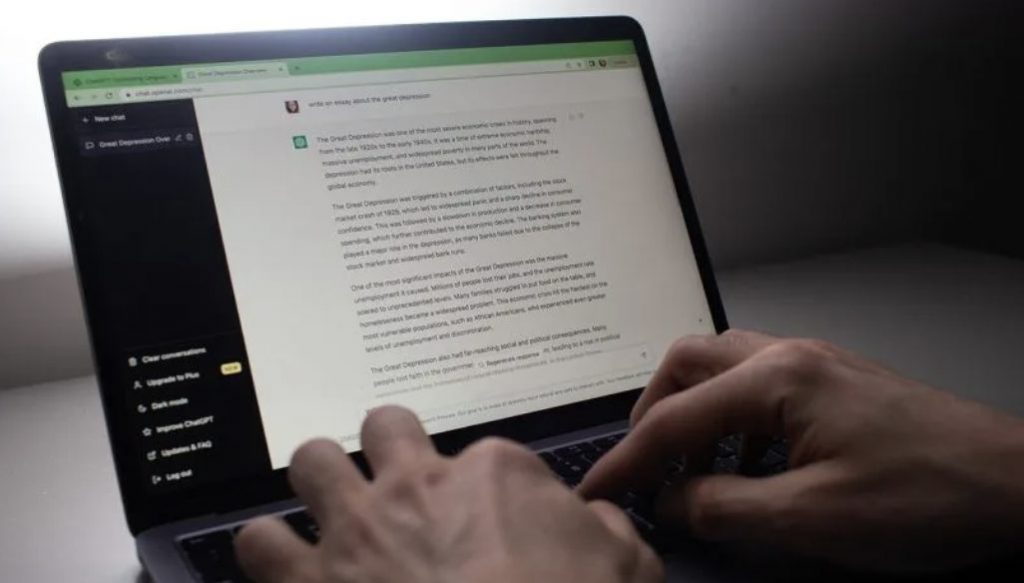


Knowing ChatGPT’s Rising Significance
Designed by OpenAI, ChatGPT is a revolutionary artificial intelligence model whose amazing capacity to produce human-like prose has enthralled people all around. Rooted in the Generative Pretrained Transformer (GPT) family, this potent tool has been trained on an enormous volume of web data, enabling it to participate in complex dialogues, solve problems, and generate content often competing with human-written materials.
ChatGPT has many appealing possible uses in educational environments. Imagine a virtual classroom in which an AI-powered assistant may help teachers with classroom management or offer individualized 24/7 tutoring to pupils. Though the opportunities seem limitless, these developments also bring inherent hazards for which schools have to negotiate.
Also read: BRICS: Experts Says Largest US Crash has Started, Dollar’s in Danger
Managing ChatGPT’s Risks in Education
Academic dishonesty is one of the main worries about ChatGPT’s use in the classroom. Using this AI-powered tool, students might cheat on tests, homework, and even whole projects, therefore compromising the whole basis of academic integrity that universities try to maintain.
Privacy issues also loom big since the vast amounts of data required to teach ChatGPT raises issues about the security of student data and the possibility of usage outside the classroom. Furthermore, different schools have different access to appropriate technology tools to track and identify ChatGPT use, therefore generating a digital divide that can aggravate educational disparities.



Furthermore, the abuse of ChatGPT transcends the classroom since kids could use the tool to interact with negative or improper online information, therefore endangering their personal growth and well-being.
Techniques for Searching Student Work for ChatGPT
Schools have started to employ a multifarious strategy in response to these difficulties to pinpoint how ChatGPT is used in student projects. One of the main strategies is the employment of sophisticated proctoring software that can identify odd trends, including pupils typing excessively in an unseen window, which might point to the usage of an artificial intelligence assistant.
This strategy is not without flaws, though, as astute students might find means to evade these security protocols. Schools are also rigorously reviewing the content and quality of student work, seeking unexpected leaps in vocabulary, writing style, or general sophistication that could indicate the involvement of an AI-powered tool, thereby augmenting these technological solutions.
Turnitin, a well-known plagiarism detection tool, is also being used by institutions to find AI-generated stuff remarkably similar to already-existing items on the internet. Schools can also find abrupt changes in writing style or vocabulary by examining student data over time, which would point to the usage of ChatGPT or another AI model.
Also read: BRICS: US & Europe Headed For a Recession, Warns BCA Strategist
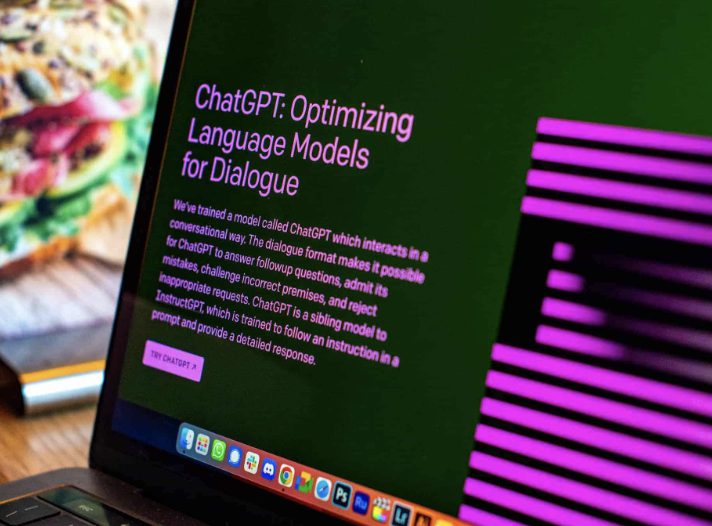

Equipping Children with Knowledge
Schools are realizing the need to aggressively teach children about the moral use of technology, including artificial intelligence, in addition to these detecting techniques. Institutions hope to avoid such transgressions before they start by teaching accountability and the awareness of the repercussions of abusing ChatGPT, therefore promoting a culture of responsible artificial intelligence application in the field of education.
Schools have to walk a tightrope between upholding academic integrity and honoring student privacy, hence this strategy calls for careful balancing. Establishing a strong foundation for the moral application of artificial intelligence in education is essential to guarantee that the advantages of these technologies are realized while the hazards are reduced.
AI’s Changing Scene in Education
The difficulty of spotting and correcting the usage of ChatGPT and other artificial intelligence models remains a major issue as the terrain of education changes. Schools have to remain alert, always altering their detection strategies and teaching their pupils to fit the fast-changing technology scene.
The direction of artificial intelligence in education presents both great opportunities and great obstacles. Schools may release the transforming power of these advanced language models and protect the fundamental principles of education by adopting a balanced strategy that gives academic integrity, student privacy, and responsible technology use priority.
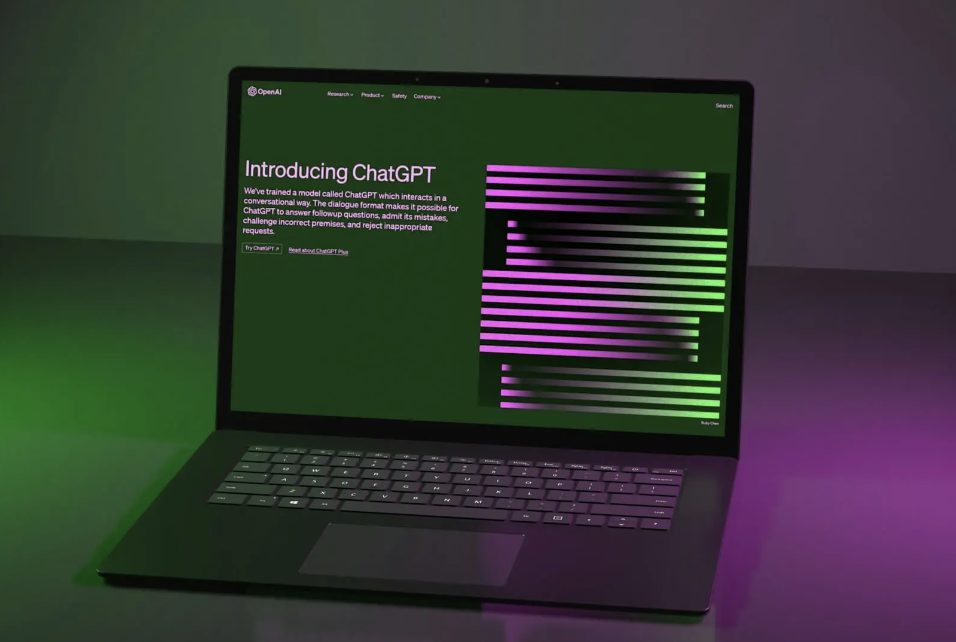

Conclusion
The emergence of ChatGPT marks a new chapter of educational possibilities and complexity. Unquestionably, this AI-powered technology has benefits, but it is impossible to overlook the dangers of academic dishonesty, invasions of privacy, and use outside of the classroom.
Schools have to adopt a multifarious strategy combining technology solutions, content analysis, and student teaching as they negotiate this unexplored area to properly identify and control the usage of ChatGPT in academic environments. Educational institutions can leverage these advanced language models while safeguarding the integrity and ideals of the learning process by encouraging a culture of responsible AI use and keeping a careful balance between innovation and ethical concerns.
Although the road ahead may be difficult, schools can become shining examples of excellence guiding teachers and students across the always-changing terrain of artificial intelligence in education by a constant dedication to academic honesty, student privacy, and technical developments.



